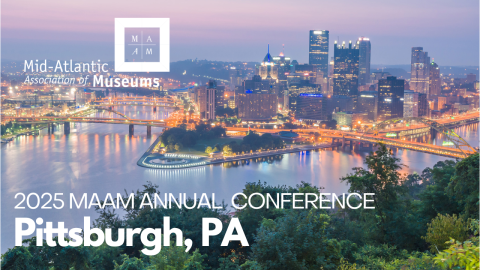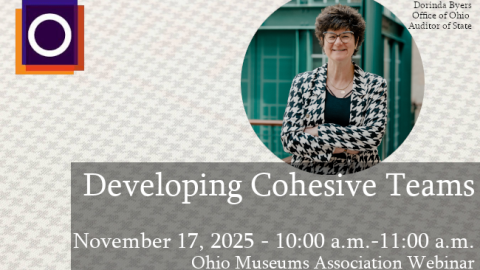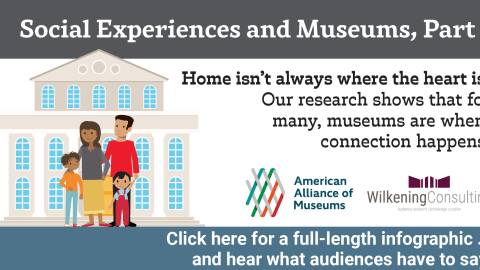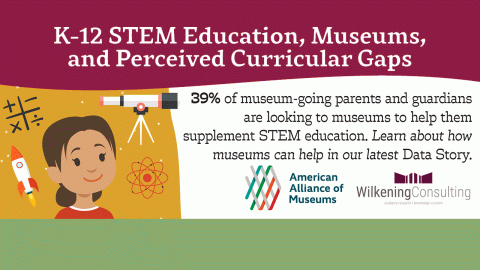Why Tell Stories About the Future?
Plans based on one anticipated future are brittle: they are prone to failure if the underlying assumptions turn out to be wrong. Many a strategic plan has met its demise as the economy shifts, popular tastes change, or new technologies present unforeseen challenges and opportunities.
Plans that take into account the many different ways the world could evolve tend to be resilient. Such plans may include contingencies and backup plans, and be flexible enough to take advantage of serendipity. The habit of planning in the context of multiple futures fosters organization culture that is nimble, responsive, and skilled at navigating change.
To foster resilient planning, futurists create scenarios. Each is a short, evocative story that describes one possible future. Scenarios help organizations systematically identify and explore multiple versions of how the world, their community, and their operating environment may evolve.
This edition of TrendsWatch presents four such scenarios. They are tailored for museums but could be equally useful to other sectors engaged in planning. I encourage board, staff, and community members to use these scenarios to broaden their thinking before diving into the nitty-gritty business of setting goals, strategies, and actions. Taken as a set, these scenarios invite planners to ask themselves, “What forces would create this or that future? How can we spot those forces at work early on? What is our preferred future, and what steps can we take to make that future come true?” The process of exploring these questions will create a futures-oriented mindset conducive to successful planning.
Our Four Futures
With the help of a diverse set of folks from museums and adjacent sectors, we’ve crafted four scenarios. Each describes one version of the year 2040 that poses distinct strategic challenges. Conforming to a commonly used futurist framework, each story offers a different outlook:
- A bright future is based on the hopes and dreams shared by museum people when we asked, “What’s the best future you can imagine?” Exploring optimistic outcomes helps organizations test their assumptions, build alignment among stakeholders, and identify actions they can take to make their own vision of a bright future come true.
- A dark future embodies the fears that haunt museum people in the middle of the night. Thinking about worst-case outcomes can actually be empowering. Events that at first glance seem to presage the end of the world may turn out to be manageable when confronted with reason and ingenuity. Besides, dark futures make for compelling storytelling and can energize planning by capturing participants’ imaginations.
- An equilibrium might result from existing limits and challenges as they play out in coming decades. This scenario reflects people’s common unconscious assumption that the future will be pretty much like the present, only more so. The details are based on credible, mainstream forecasts on topics ranging from the economy to demographics to climate change. (This scenario was the jumping-off point for Museum 2040, an issue of the Alliance’s Museum magazine that explored how museums might thrive in this version of the future.)
- Finally, a wild card illustrates the kind of low-probability, high-impact event that can disrupt the best-laid plans. Though you shouldn’t obsess about these possibilities, including a few wild cards in your museum’s planning deck will help you prepare to respond should the best or worst occur. And as you consider how you could handle these disruptions, you may discover actions that improve the museum’s performance whether or not a particular wild card comes into play.
The future we end up living in probably will lie somewhere in the considerable grey areas that lie between our scenarios, combining elements of each. As you work with these scenarios, remember that your goal isn’t predicting what will happen, but imagining many different ways things could turn out. As our colleagues at the Institute of the Future have observed, “The future is not completely predictable, but neither is it completely unknowable. What exists is a space of multiple possibilities that can be systematically identified and understood.” The most important thing to keep in mind is that your organization’s actions, guided by your plan, can be a powerful force of change that helps determine which path to the future we actually take.
A Note on Values
Labeling any future as “bright” or “dark” depends on the opinions and worldview of the writer(s). As I point out in our first story, “Our Bright Future,” one person’s imagined happy success (booming local development, rising property values, expansion of the museum’s footprint and staff) might be someone else’s nightmare scenario that paves the way for gentrification, displacement, and loss of the organization’s core identity. You may well find, as you explore these stories, that members of your planning team disagree on which plot points are plausible or desirable. That’s great! Disagreement can spark discussion about values and surface differences of opinion. Use these stories as a starting point. You can edit, adapt, and develop them to reflect your organization’s collective hopes and fears, and arrive at a consensus version of your preferred future.
Why 2040?
The overarching purpose of strategic foresight is to help organizations think and plan in the context of a longer time frame. Which begs the question, how long? The Long Now Foundation sets its work in a 10,000-year context to make people think about what we would have to do to ensure that civilization, in some form, endures for at least that long. Interesting as it is to contemplate museums in that exceedingly long time frame (and yes, CFM offers a talk and a workshop on that topic), it isn’t immediately practical for museum planning. On the other hand, when challenged to think about a point 10 years in the future, people tend to describe what’s happening now. After much consultation with folks in the futurist community, we set our scenarios in the year 2040—well within the practical range of museum planning (especially for major investments in infrastructure) but far enough out to encourage creative thought on how things might change.
Credits and Thanks
The plot lines and story elements of these scenarios were developed through many conversations with people working in and around museums, as well as adjacent sectors. In particular, I would like to thank the folks who participated in a day-long brainstorming session hosted by the American Museum of Natural History in April 2018, the many authors who built out the future described in Museum 2040, and my colleagues at the Alliance.
Yours from the future,
Elizabeth Merritt
Vice President, Strategic Foresight
Founding Director, Center for the Future of Museums
American Alliance of Museums








